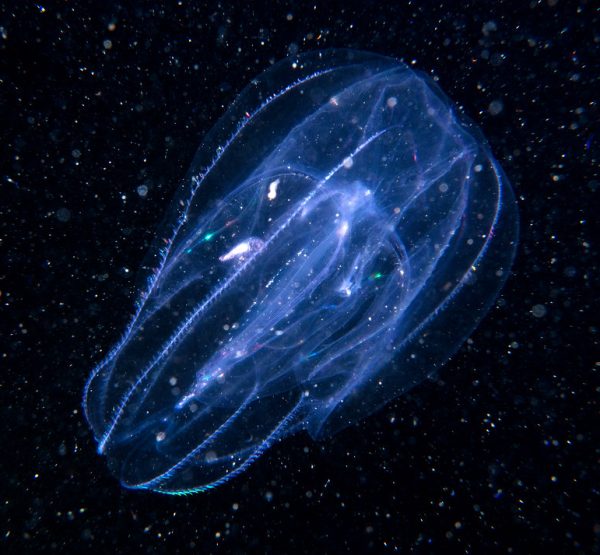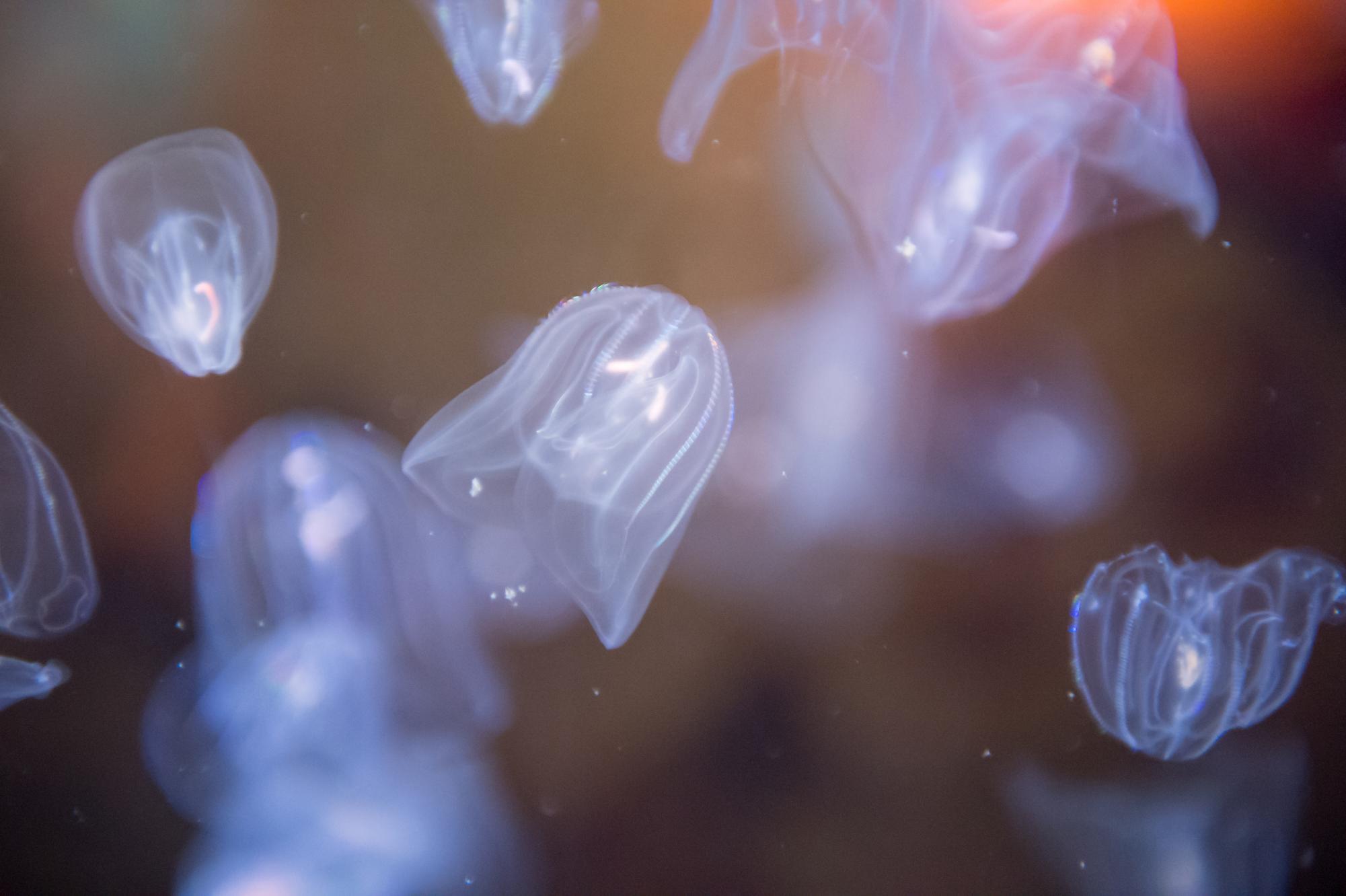Jellyfish have a myriad of abilities. For example, some are “immortal,” capable of reverting to their juvenile stage to repeat their life cycle, while others are technically brainless because they lack a nervous system but can still learn. Comb jellies are not true jellyfish; they are ctenophores, which are marine invertebrates with soft bodies propelled by hair-like cilia. However, they possess a unique skill of their own.
In a study published in Current Biology, researchers discovered that multiple individuals of a comb jelly called Mnemiopsis Leidyi, better known as the sea walnut can fuse to become one under certain conditions, sharing bodily functions and nervous systems. This occurs when a sea walnut is injured and near another injured jelly, the two then fuse as a means of survival and combine bodily processes to become essentially an individual creature.

While studying the regenerative properties of comb jellies in the lab, scientists cut off parts of sea walnuts lobes and placed them in pairs close together. Nine out of ten times, the jellies would fuse into one and the resulting hybrid would survive for around three weeks. When the fused jelly is poked the entire body will twitch which signals that the nervous system is fully fused. According to the researchers, the merging of the nervous system happens in about two hours. “The extent and the rapidity of that integration is pretty crazy,” says Steven Haddock, a marine biologist at the Monterey Bay Aquarium Research Institute. Further experiments also showed that the digestive systems of the fused jelly had integrated, as feeding one of the jelly’s double mouths resulted in digestion occurring through both tracts.
Jelly fusion has been documented before but this is the first time in a scientific setting where a jelly fusion has behaved like a single organism. As a result, the discovery could open up new doors to human medicine, Scientists hope that by studying this ability they will be able to better understand the mysteries of the nervous system. Learning how two systems merge “could contribute to the medical research, particularly in nerve regeneration.” says Kei Jokura, a zoologist at the University of Exeter in England and the National Institutes of Natural Sciences in Japan
Click this link to see the study done on comb jelly fusion and this link for more information on the study.









